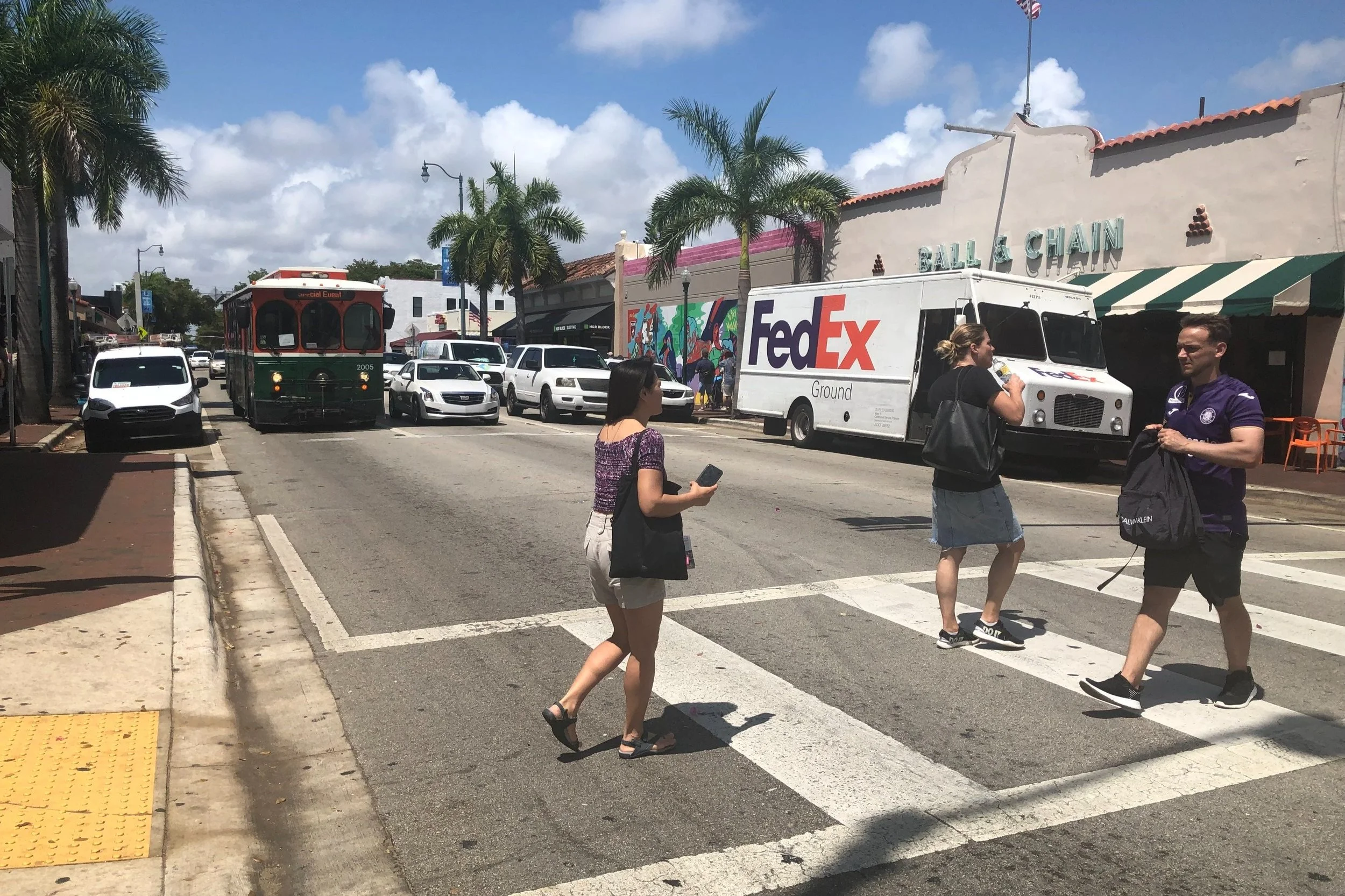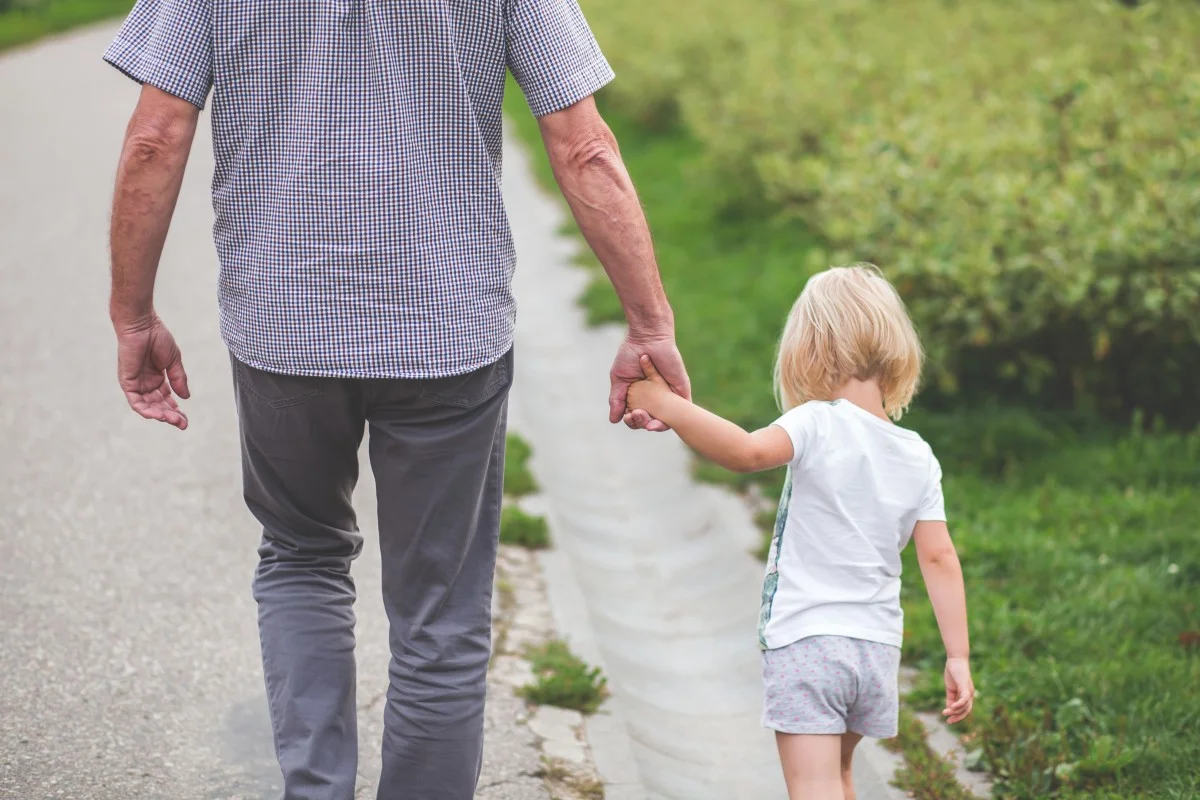Greenfield development may be appealing to people who are fighting the housing crisis, especially on cheap rural land. But if these developments are the only places with housing affordability, people who can't drive — whether due to age, disability, or finance — are out of luck. That's not a real solution.
Read MoreSometimes even the most well-meaning features of our cities present challenges to different people. What struggles would you observe in your community if you pictured it from someone else’s perspective?
Read MoreThe culmination of a 24-year process, these new guidelines promise to make American towns and cities safer and more predictable for users of all abilities.
Read MoreWhy does walking feel so intuitive when we’re in a city built before cars, yet as soon as we return home, walking feels like an unpleasant chore that immediately drives us into a car?
Read MoreAs the Americans With Disabilities Act turns 33 years old this week, let’s debunk some myths that are commonly used as excuses for not making our built environment more accessible.
Read MoreA sudden tragedy left Mark Raymond paralyzed. Now he’s helping New Orleans create a more accessible transportation system.
Read MorePeople will walk in seemingly unwalkable places—not because they want to, but because they have to. Thankfully, this bridge in Peoria, IL, is becoming a little more walkable for each of these people who use it every day.
Read MoreWhen we design our streets to make them safer for people with disabilities, it also makes them safer for people, as a whole.
Read MoreRosemarie Rossetti is an author, speaker, and leader in the field of universal design.
Read MoreBilly Altom is an advocate and leader for rural residents with disabilities across the nation.
Read MoreHere are three reasons even those who heavily depend on car access right now need not fear a transition to less auto-centric places, and might still welcome it.
Read MoreSignificant effort should be dedicated to creating more accessible built environments—because doing so benefits people of all abilities.
Read MoreWhy do we see so few people with disabilities in the conceptual designs of engineers and planners? Maybe it’s because people with disabilities aren’t at the design table to begin with.
Read MoreInvesting in a supposedly “smart” future won’t overcome the failure to get the “dumb” stuff right. The former mayor of Seattle explains.
Read MoreDan Burden has been called the “Johnny Appleseed of pedestrian and bike design.” You asked one of the world’s foremost experts on planning for healthy, active communities your questions in our latest Ask Strong Towns—and now we’re sharing the video.
Read MoreThere is incredible potential for a rebirth and renaissance in older urban neighborhoods. One great way to accelerate that renaissance: adding value through barrier-free design for people with disabilities. A new competition in Cleveland aims to showcase innovative approaches.
Read MoreTwo parents weigh in on how to build cities where kids with Down Syndrome can thrive.
Read MoreIt starts with listening to what people really need.
Read MoreA Strong Towns member is working with local disability advocates to push for a safer street in downtown Duluth, MN.
Read MoreTransportation options are not a zero sum game. Better bike access might actually make life easier for people with disabilities.
Read More



















